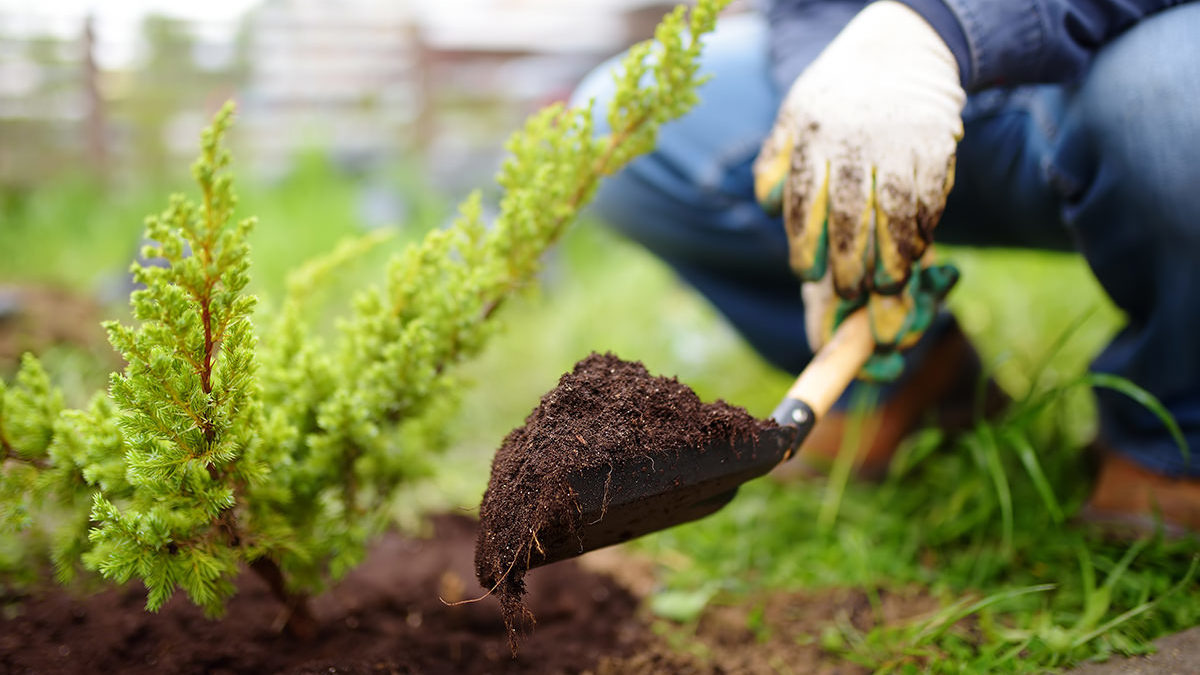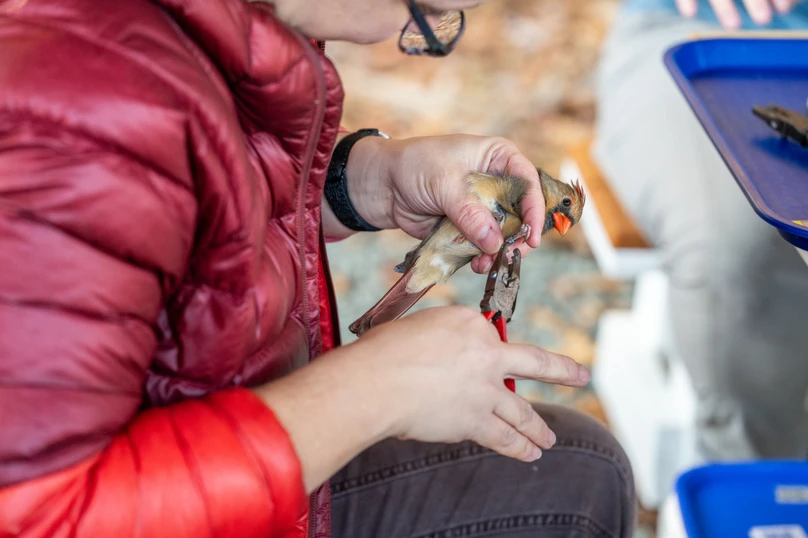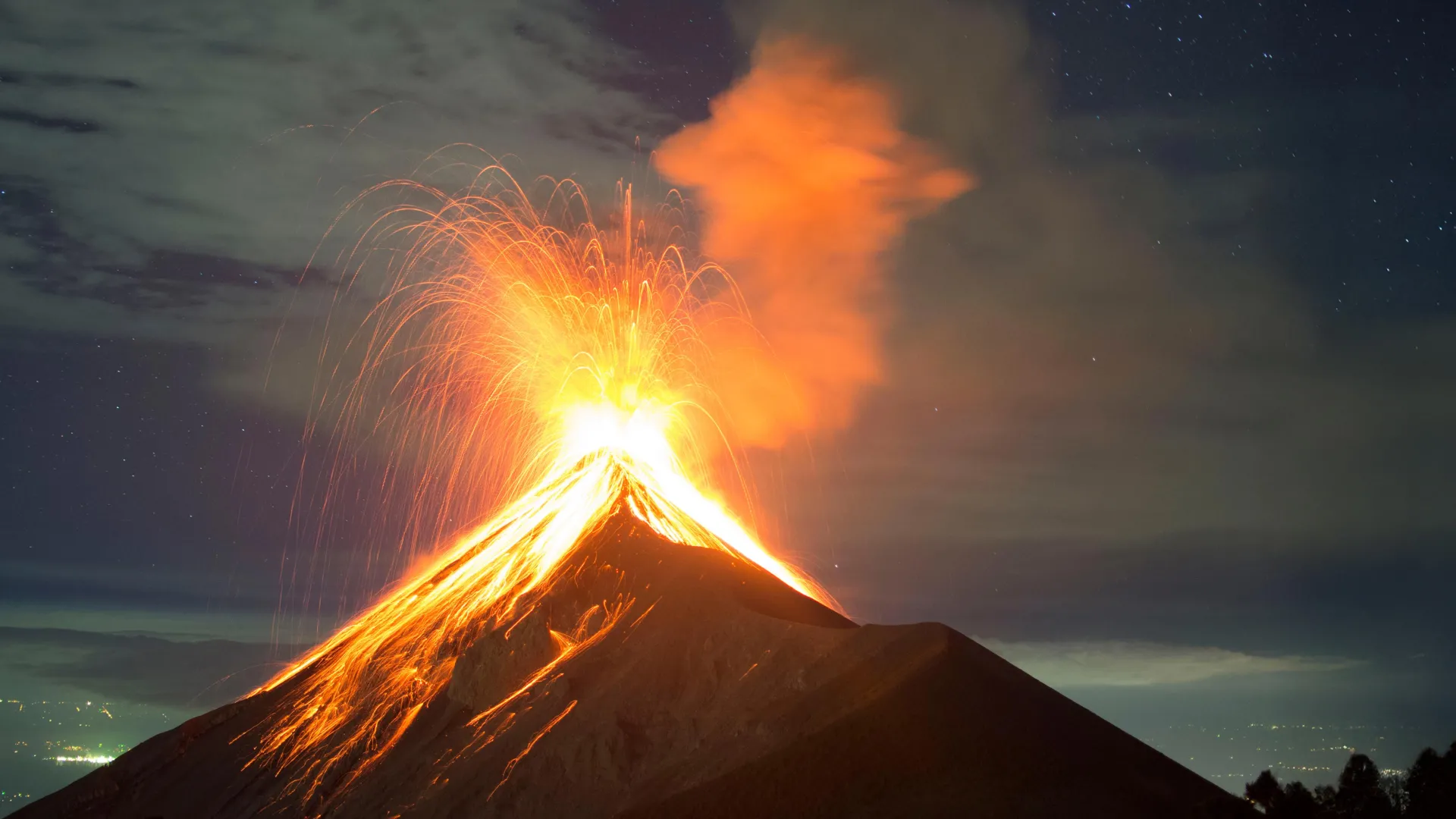PROTECT YOUR DNA WITH QUANTUM TECHNOLOGY
Orgo-Life the new way to the future Advertising by AdpathwayOne year ago, a team of earnest conservationists released a few dozen silvery blue butterflies at the Presidio, hoping they would settle down and fill the ecological niche once held there by the Xerces blue butterfly, before the U.S. military poured gravel over Xerces’ last known habitat in the Presidio military base in the 1940s. The team placed butterflies transported from similar climates further south near deerweed, the insects’ host plant, and waited. Just re-populate the landscape once occupied by the first insect in North America known to have become extinct because of human behavior, little butterflies. No pressure.
They released the silvery blues (Glaucopsyche lygdamus) at the Presidio dunes, behind a former military hospital turned luxury apartment complex. Like the butterfly, the landscape wasn’t exactly original. Almost none of the roaming giant sand dunes that once ruled the western third of San Francisco survived into the twentieth century. These had been re-duned from a military waste pile, using sand excavated from the construction of a parking garage. Most importantly, most of the plants on these particular dunes were too short for swallows to use for cover. A swallow can eat a lot of butterflies.
But it was the best place where the scientists could get a permit in time for the silvery blue’s optimal egg-laying season in late spring. Other promising restored dune habitat lay to the west, across Wedemeyer Street, around Lobos Creek—but that land was managed by the Golden Gate National Recreation Area, and the National Park Service hadn’t approved that permit yet.
 Researchers suspect that the Los Lobos Creek area, in the Presidio’s southwest corner, offers safer habitat for the butterflies. They are liable to get eaten by birds. (Gayle Laird © California Academy of Sciences)
Researchers suspect that the Los Lobos Creek area, in the Presidio’s southwest corner, offers safer habitat for the butterflies. They are liable to get eaten by birds. (Gayle Laird © California Academy of Sciences)Mortality was high—not unexpected. It’s hard out there for a butterfly. “We released 28,” says Durrell Kapan, a senior research fellow at the nonprofit California Academy of Sciences, of the first release. “In an hour, it was 25. By the afternoon, it was 13.” The researchers adapted. At first, they had released the butterflies under a tutu-like netting to acclimate them to their new environment. They cut the time under the netting dramatically—there were predators under the netting too, like Western fence lizards.
A few weeks ago, Kapan was roaming the dunes looking for any descendants of the first release. Nothing. Kapan hiked down to Lobos Creek to scout out some good spots for the next wave of releases—the GGNRA permits had finally cleared. At the creek, two silvery blue butterflies fluttered past his field of vision. These couldn’t have been among the original release, because the butterflies only live in their flying form for a few weeks—and they weren’t tagged. It was the first evidence, after a year, that a few of the butterflies released in 2024 had lived to reproduce. The silvery blue, unconcerned with permits, had begun to repopulate Lobos Creek on its own.
 Silvery blue butterflies caught near Carmel are tagged before they are released. Each butterfly is marked with a unique color combination. (Gayle Laird © California Academy of Sciences)
Silvery blue butterflies caught near Carmel are tagged before they are released. Each butterfly is marked with a unique color combination. (Gayle Laird © California Academy of Sciences)That is how Kapan came to be lugging a cooler of butterflies, one morning this week, at Lobos Creek. He had decided to release all 11 there—tall plants be damned—after driving them up at zero-dark-thirty from Garrapata State Park, near Carmel. “That’s sort of what they’re telling me,” he said, meaning the butterflies. “This is where we go from science to art. We can analyze the data later.”
A lot has changed in the last twelve months. Last year, the silvery blue locations were kept relatively secret, out of worry that curious hikers would go off-trail looking for them and disrupt crucial ovipositing. Now, a sandwich board on Lobos Creek Valley Trail advertises their presence with photos compared with a 1930s Xerces blue specimen from the California Academy of Sciences specimen archives (no pressure!).
Right: A sign on the Los Lobos trail explains the butterfly project; last year was so much more hush-hush. (H.R. Smith). Left: A dime-size silvery blue butterfly waits in its tiny butterfly-carrier, also known as a to-go salsa container. (H.R. Smith)
In 2024, the butterflies were released by a small team with deep ties to the project. This Tuesday, the butterfly release crew includes a group of young people who have the same focus and intensity as the Cal Academy, GGNRA, and Presidio Trust staffers, but are, instead of various shades of khaki, bearing the signifiers of different subcultures—flannel, pants with extremely high cuffs, a sweatshirt that reads “Pabst Loser Machine.” They are here in response to a call from Volunteers for Nature, a Cal Academy program that connects college students and recent grads to local fieldwork opportunities.
The volunteer fieldwork involved today is considerable: each butterfly is released and then tracked by two people, who trace its path along the hill with tiny flags made out of BBQ skewers. This approach has at least two benefits: The map of each butterfly’s pathway can be combined with Lidar scans of the creek valley’s topography to model butterfly movements on the landscape. Also, says Phoebe Parker-Shames, a wildlife ecologist at the Presidio Trust, the presence of two very large human stalkers appears to protect the butterflies from predation while they are still vulnerable and orienting themselves to their new life in the Presidio.
Some butterflies are taking longer to acclimate than others—two of the Volunteers for Nature have been staring, unmovingly, at a bush on the hillside for half an hour.
“Maybe she’s ovipositing?” someone behind them says, hopefully.
“She’s not on deerweed,” one of the volunteers replies, not breaking eye contact with the bush. In front of them, a silvery blue about the size of a dime perches on a twig, adjusting her wings this way, and then that.
 A tagged butterfly pulls itself together after its road trip. This year, instead of hanging out under netting, the butterflies were let go, with human stalkers to mark their routes. (Gayle Laird © California Academy of Sciences)
A tagged butterfly pulls itself together after its road trip. This year, instead of hanging out under netting, the butterflies were let go, with human stalkers to mark their routes. (Gayle Laird © California Academy of Sciences)“I was just Googling around,” says Nina Zhao, a cheerful young adult wearing an enormous sun hat, on the subject of how she came to be here today, helping out some butterflies. Until recently, Zhao was in a USDA program in soil conservation, training for a career of helping corn, soy, and wheat farmers use less pesticides and plow less often. The program was designed to lead to a full-time job at the Natural Resource Conservation Service (NRCS) after graduation, but the job never materialized—the federal layoffs began, along with the rest of the Trump administration’s onslaught against environmental and climate programs (including soil conservation). “I was like, I should volunteer! Because I hadn’t gotten that much time to volunteer while I was in school.”
The Presidio is in better shape to weather these storms than most public lands. Due to its public/private partnership structure, the federal agency gets most of its money from commercial and residential tenants (like the luxury apartments near the first butterfly release site). Republicans are trying to claw back $200 million of Inflation Reduction Act money set aside for the Presidio in 2022 for long-needed infrastructure upgrades, but the park hasn’t received ongoing federal funding since 2013. An executive order demanding that the Presidio Trust stop doing anything not directly related to its original mission, as laid out by Congress, was met with a polite report stating that everything that the Presidio Trust currently does is part of its original mission, as laid out by Congress.
Bay Nature’s email newsletter delivers local nature stories, hikes, and events to your inbox each week.
Sign up today!

This federal pressure on the Presidio is not discussed today, at least not openly. Everyone is here to watch some butterflies, as the successes of previous restorations flit around us. The variable checkerspot (Euphydryas chalcedona), an orange-and-black beauty relocated from San Bruno Mountain, now flourishing. The green hairstreak, which reintroduced itself after restoration crews began planting its host plant.
Kapan keeps checking ambient temperatures and announcing them excitedly, like a top 10 countdown, in Fahrenheit (because it is more finely graduated than the Celsius scale). The closer it gets to 63 degrees, the more the butterflies will flutter. It is currently 56 degrees in the shade. The few butterflies we can see are positioned with their wings facing the sun, like little solar panels. We don’t say “cold-blooded” anymore, says Kapan. Once the butterflies warm up, their blood isn’t cold anymore. They’re “behaviorally homeothermic.”
 The Xerces blue (Glaucopsyche xerces), a member of the gossamer-winged butterfly family. (Gayle Laird © California Academy of Sciences)
The Xerces blue (Glaucopsyche xerces), a member of the gossamer-winged butterfly family. (Gayle Laird © California Academy of Sciences)Nearby, two of the Volunteers for Science lean on a stump and chat about the future. Emma Teng, currently studying at UC Berkeley, loves museums and archives and developmental biology. “I’ll definitely apply for a PhD,” she says, “if there are still PhDs.”
“I would work in any national park,” says George Brooder. “If we still have any.” He has yet to receive any advice on future job pivots, or warnings from any of his professors at San Francisco State University, despite the fact that the entire focus of his studies—conservation biology in national parks—is looking ominous. “I have a lot of personal freakouts,” he says, calmly. “It’s a bit scary. I don’t think it’s the end of the world. I still think there’s hope. It’s just a sign that you’ve got to try harder to keep our endangered species alive.”
Their butterfly, they say, was an absolute champion. They finished up their paperwork early, leaving time for stump and contemplation.
“He flew right away,” says Teng. “I’m so proud of him.”


 2 months ago
43
2 months ago
43





















 English (US) ·
English (US) ·  French (CA) ·
French (CA) ·